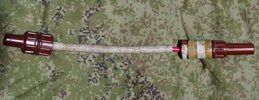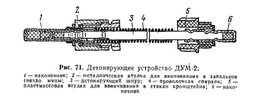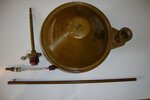I am looking for more information on the TMK-2 mine. I have seen Lex's site and was looking for information on the fuze and anything else of interest with this item.
http://www.lexpev.nl/minesandcharges/sovietbalkan/russia/tmk2.html
Joe
http://www.lexpev.nl/minesandcharges/sovietbalkan/russia/tmk2.html
Joe



